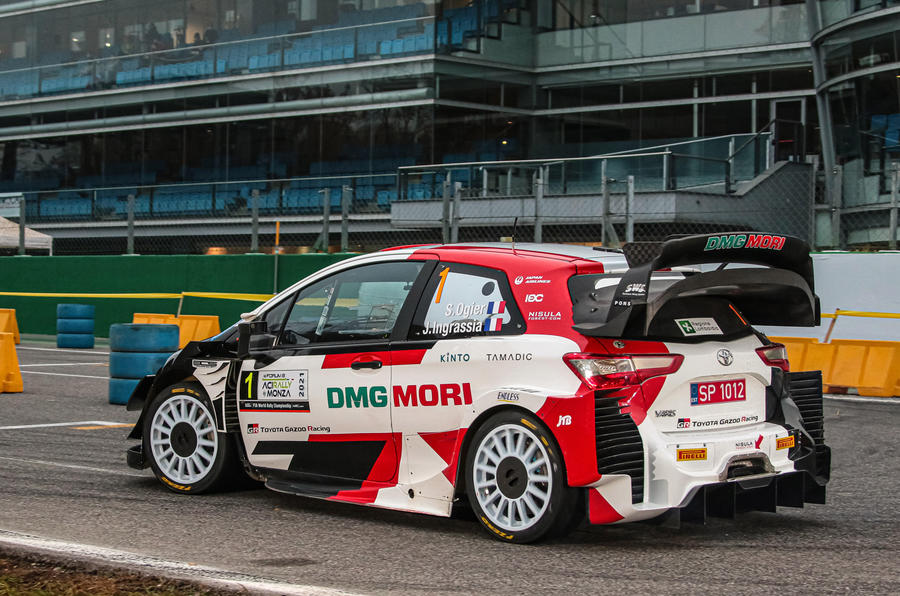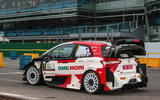Et voilà : after eight titles and 54 wins for Sébastien Ogier (he added one to his previous tally of each on Rally Monza), this is where it all comes to an end. Maybe. Officially, he’s down to do a partial programme of events next year with Toyota, sharing a GR Yaris hybrid with Esapekka Lappi (the exact programme is yet to be defined).
Rally Monza showed, though, that Ogier has lost none of his speed, motivation or class. It would come as no surprise if the Frenchman triumphed on the Rallye Monte-Carlo next year: he has won it eight times before, after all, which is more than anyone else.
And at that point, who could blame him if he wanted to carry on, perhaps to equal or even beat his compatriot Sébastien Loeb’s record of nine WRC titles? Ogier is still only 37, after all.
But there’s one person who has a huge influence on his decisions, and that’s German TV presenter Andrea Kaiser – also known as his wife and the mother of young Tim Ogier. She has made her point of view clear: she would rather he stopped completely, making a clean break.
Perhaps she has a point. Great champions operate at such a high level that it’s almost impossible to reproduce that stellar form on a part-time basis. Even the very, very best drivers (and Ogier is a member of that club), such as Loeb and Michael Schumacher, couldn’t quite return to their peak performances once they had nominally retired.
And Ogier himself has actually been talking about retirement for a long time: he would have stopped at the end of last year, had it not been for the pandemic truncating the season. So it has only come to the end right now – sort of.
Not so for Julien Ingrassia. Ogier’s co-driver announced last month that he would be ending his career for good after Rally Monza, which means that Ogier will be accompanied by Benjamin Veillas next year.
And not just that: Ogier has already tested Toyota’s new Le Mans Hypercar in Bahrain, and all indications are that he would like to do some racing, too.
You can never blame anyone for following their passions, but there’s going to be lot of things that will be very different next year. And while it will be great to see Ogier on the stages again, wouldn’t it have been neater to do something that nobody has ever done before: retire from the WRC having won his last title and rally, indubitably and forever at the very top of his game?
How it works: waved double-yellow flags









Add your comment